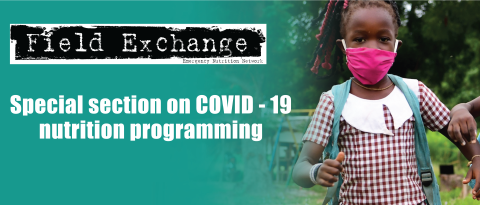Greater precision of interactions between community health workers and household members to improve maternal and newborn health outcomes in India
Research snapshot1
In low- and middle-income countries, community health workers (CHWs) provide basic but lifesaving support for those who have little access to formal healthcare. To identify which CHW actions and messages enable good outcomes and respectful care, the authors used logistic regression to study the associations between CHW actions and household behaviours during antenatal, delivery and postnatal periods in Uttar Pradesh, India. This large-scale survey was conducted in the context of a mature government programme which has operated at scale nationally, using close to a million CHWs, for 15 years. Data was collected on a uniquely linked set of questions on behaviours, beliefs and care pathways from recently delivered women (n=5,469), their husbands (n=3,064), mothers-in-law (n=3,626) and CHWs (n=1,052).
Results show that pregnant women who were visited earlier in pregnancy and who received multiple visits were more likely to perform recommended health behaviours including attending multiple check-ups, consuming iron and folic acid tablets and delivering in a health facility, compared to women visited later or receiving fewer visits. Counselling the woman was associated with the higher likelihood of attending three or more check-ups and consuming 100+ iron and folic acid tablets, whereas counselling the husband and mother-in-law was associated with higher rates of delivery in a health facility. Certain behaviour change messages, such as the danger of complications, were associated with more check-ups and delivery in a health facility but were only used by 50%–80% of CHWs. During delivery, 57% of women had the CHW present and their presence was associated with respectful care, early initiation of breastfeeding and exclusive breastfeeding but not with delayed bathing or clean cord care. Home visits after delivery were associated with higher rates of clean cord care and exclusive breastfeeding. Counselling the mother-in-law (but not the husband or woman) was associated with exclusive breastfeeding.
CHW presence, the number and the timing of visits, behaviour change messaging strategies and a focus on specific household members for different behaviours were associated with better maternal and newborn care practices in this context. Understanding the perspectives of the household decision makers, emphasising the importance of home visits and identifying what messages are shared helped to identify ways to increase the impact of CHW home visits.
Programme managers can use these insights to adapt CHW training, incentives and tools to achieve greater impact, understanding that it is not just the skills of the CHW but the trust between the CHW and the beneficiary built up over time that is important.
1Smittenaar, P, Ramesh, B M, Jain, M, Blanchard, J, Kemp, H, Engl, E et al (2020) Bringing Greater Precision to Interactions Between Community Health Workers and Households to Improve Maternal and Newborn Health Outcomes in India. Global health, science and practice, 8(3), 358–371. https://doi.org/10.9745/GHSP-D-20-00027


